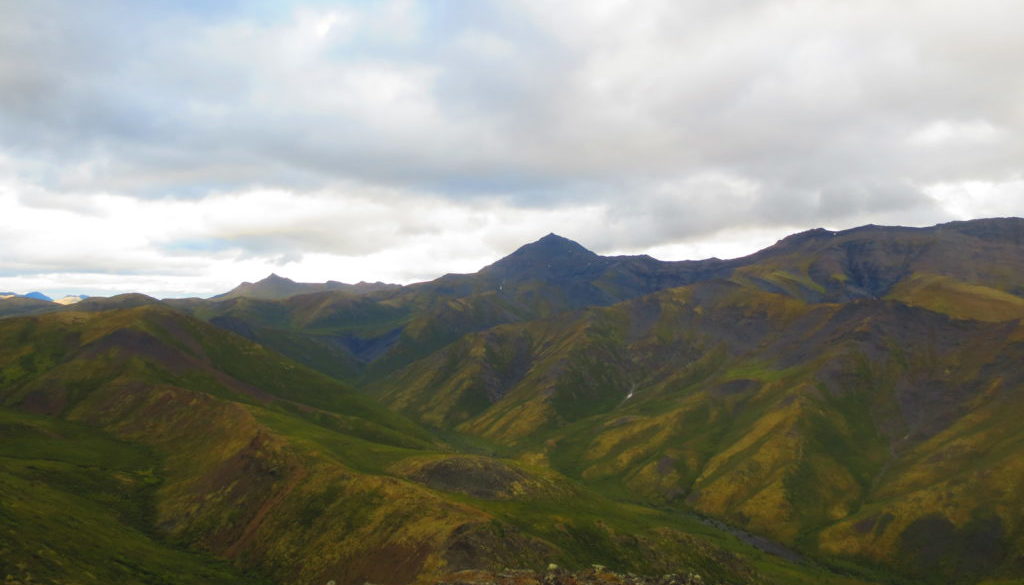Yukon: A landscape of opportunity
By Joanna Jack, Conservation Programs and Outreach Coordinator
Living in a land so wild it can kill you occasionally enables us to forget how fragile our surroundings really are, or even how valuable. While working in a research lab studying the impact of development on wildlife, people’s eyes lit up when I spoke about where I’d come from. However, it took my first direct flight from Ottawa to Whitehorse for me to finally grasp just how different our realities are. During that flight I witnessed a transition between a landscape of regret and a landscape of opportunity. I sat transfixed, unable to peel my eyes away from the window.
It was then that I truly realized the increasing significance of the Yukon as the rest of the world loses it wilderness.
Long before Europeans knew how many species of birds lived in North American forests, we were wrestling its trees to the ground. Long before Europeans came to appreciate the richness of languages and cultures sustained by this land, we were imposing our way of being, in the name of progress. And progress looked, regretfully, a lot like the landscape around Canada’s national capital, where I studied. Or worse. The pressure can feel relentless at times. We’ve reportedly lost 10% of our wilderness in the last 25 years alone.
One conservation biologist I’ve worked with described a feeling of piecing back together the pages of a vast library as its books are ripped apart and thrown to the wind. I heartily agree, after spending two years of my life trying to get my head around how many birds die each spring because of roads. Sadly, if I were to try to replicate my project today, it would be impossible, because woodlots I studied just a few years ago have since been chopped.
Nature sustains us, and yet we are allowing it to vanish before we can even understand all the ways we depend on it. No self-respecting scientist would perform an experiment without a benchmark for comparison. And yet this is what our society is being pushed to continually do, with conservation biologists scrambling to perform a triage of what’s left.
People are starved for nature. Having heard so much about nature deficit disorder, I wondered how busy Yellowstone National Park would be when I travelled there for the first time this summer. The answer came when we tried to leave the park on a Sunday evening and got caught in bumper-to-bumper traffic for an hour and a half.
Yes, Yellowstone is beautiful, but the animals that call it home are increasingly challenged by the invisible boundaries of the park. Conservationists are now trying to answer the question of where they can go, and it is clear that the islands of nature we have carved out for wildlife might fail them (and us) as “progress” marches on.
I feel hope when I look out the plane window at the Yukon because here the land still has a chance. Wilderness has not yet been cordoned off into small pieces so that the rest of the landscape can be dismissed. We still have an opportunity to think and work holistically, co-managing this land between nations. Not only that, but we still have an option of setting aside working models of the ecosystems that support us, while managing industrial activity so that when things go wrong, the land can recover, and so can we.
In the library of biodiversity, the Yukon is a book that remains relatively intact, and we still have a chance to honour it. It is my hope that, as a territory, we will have the foresight to do so.

